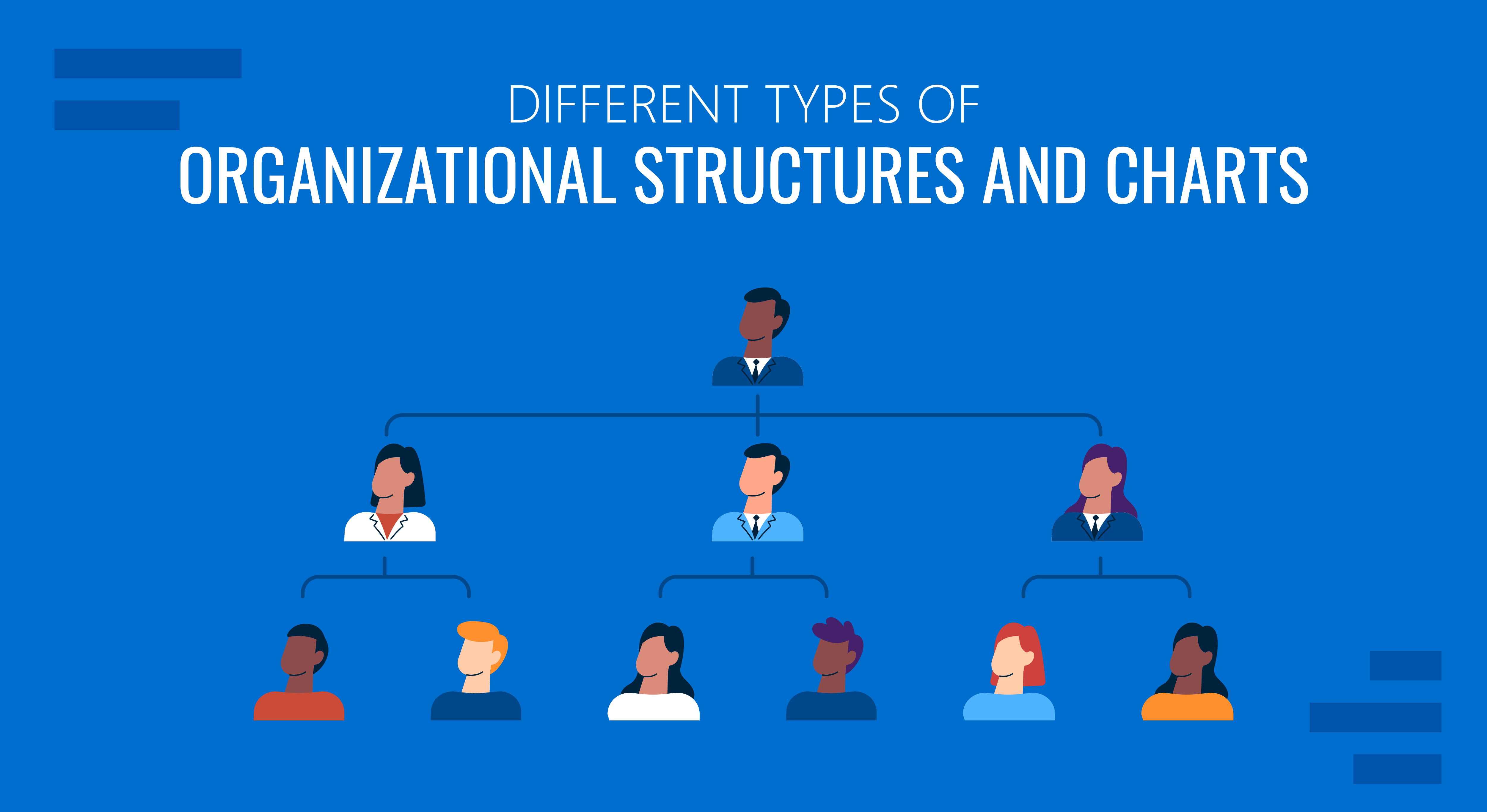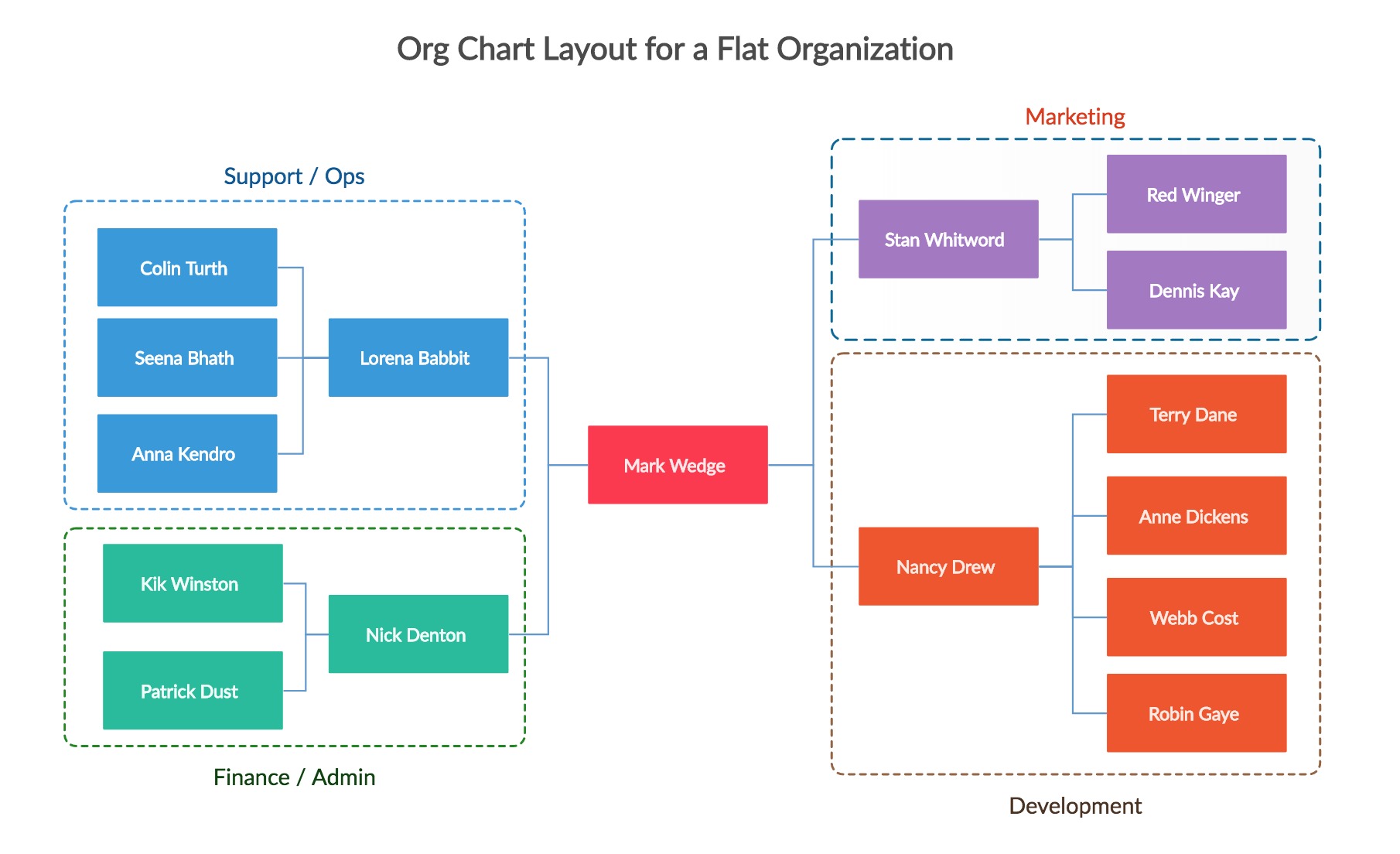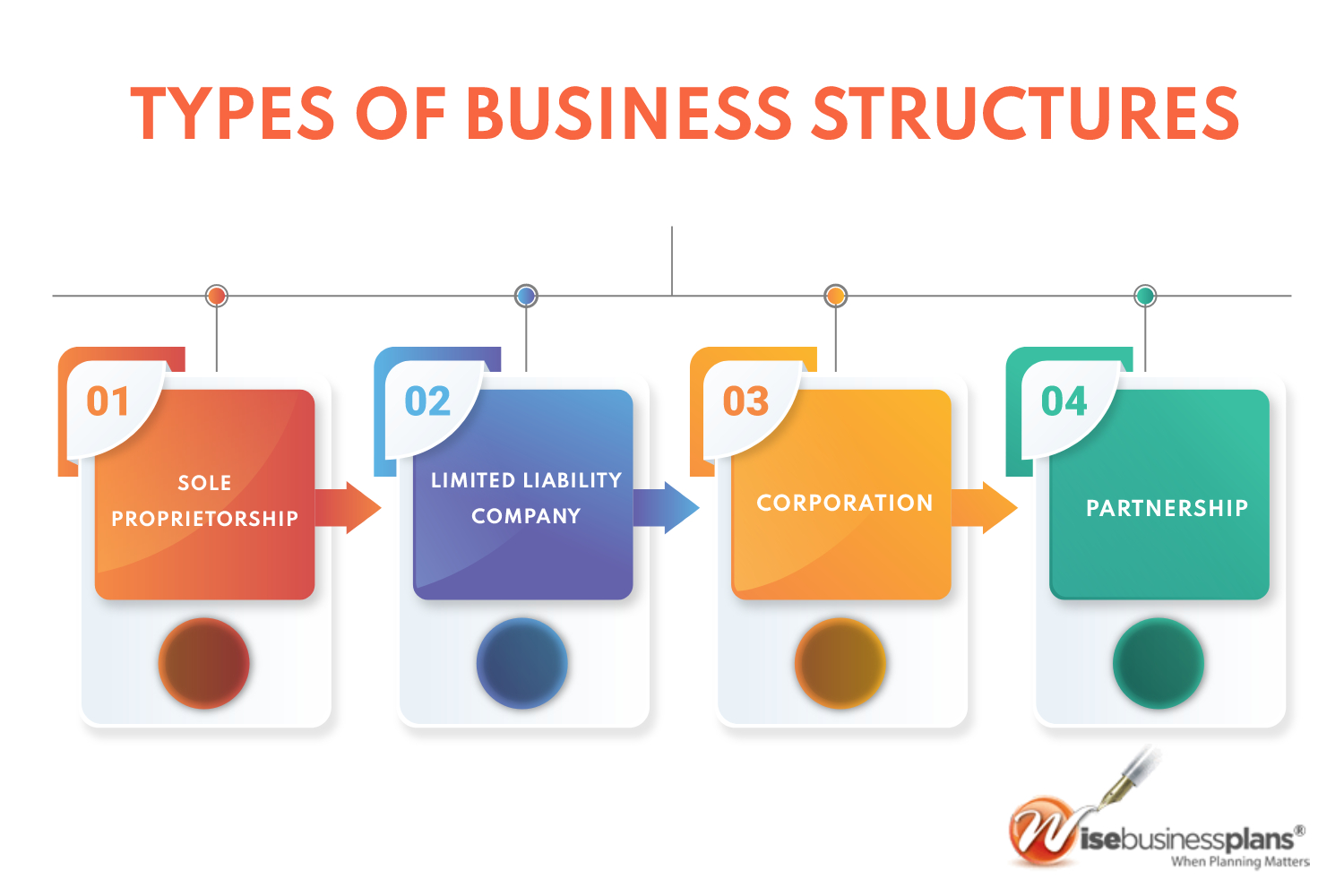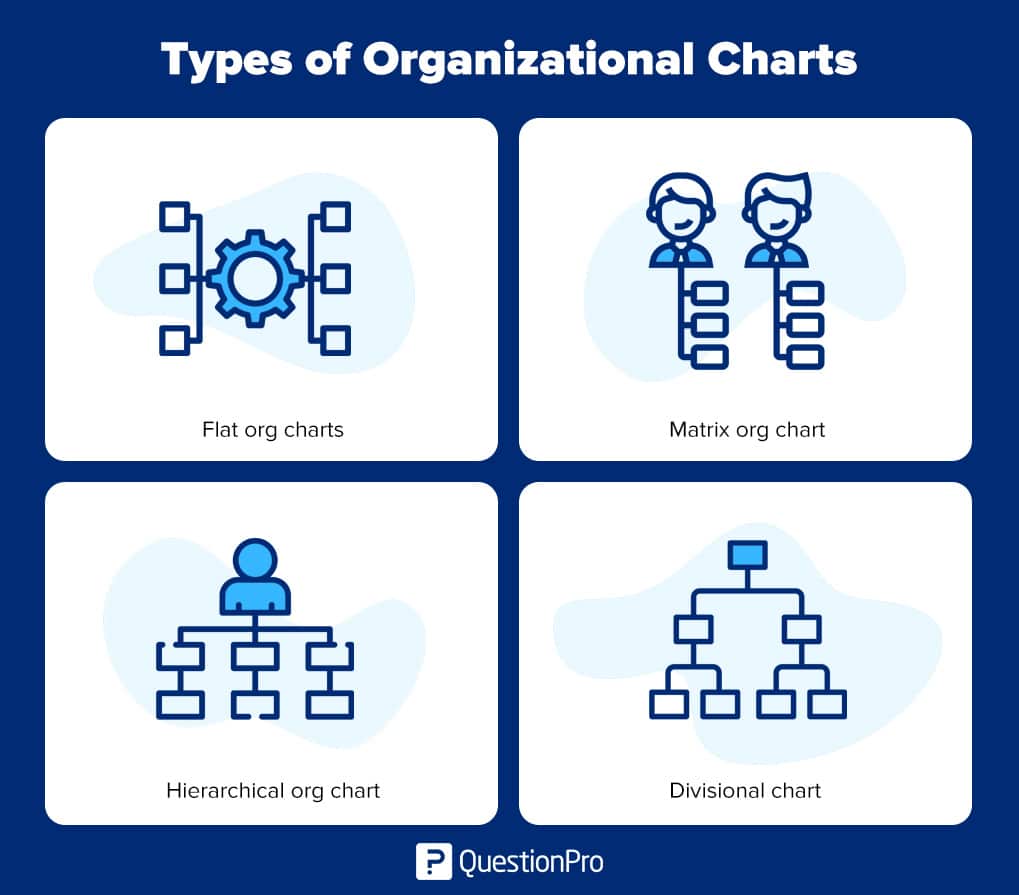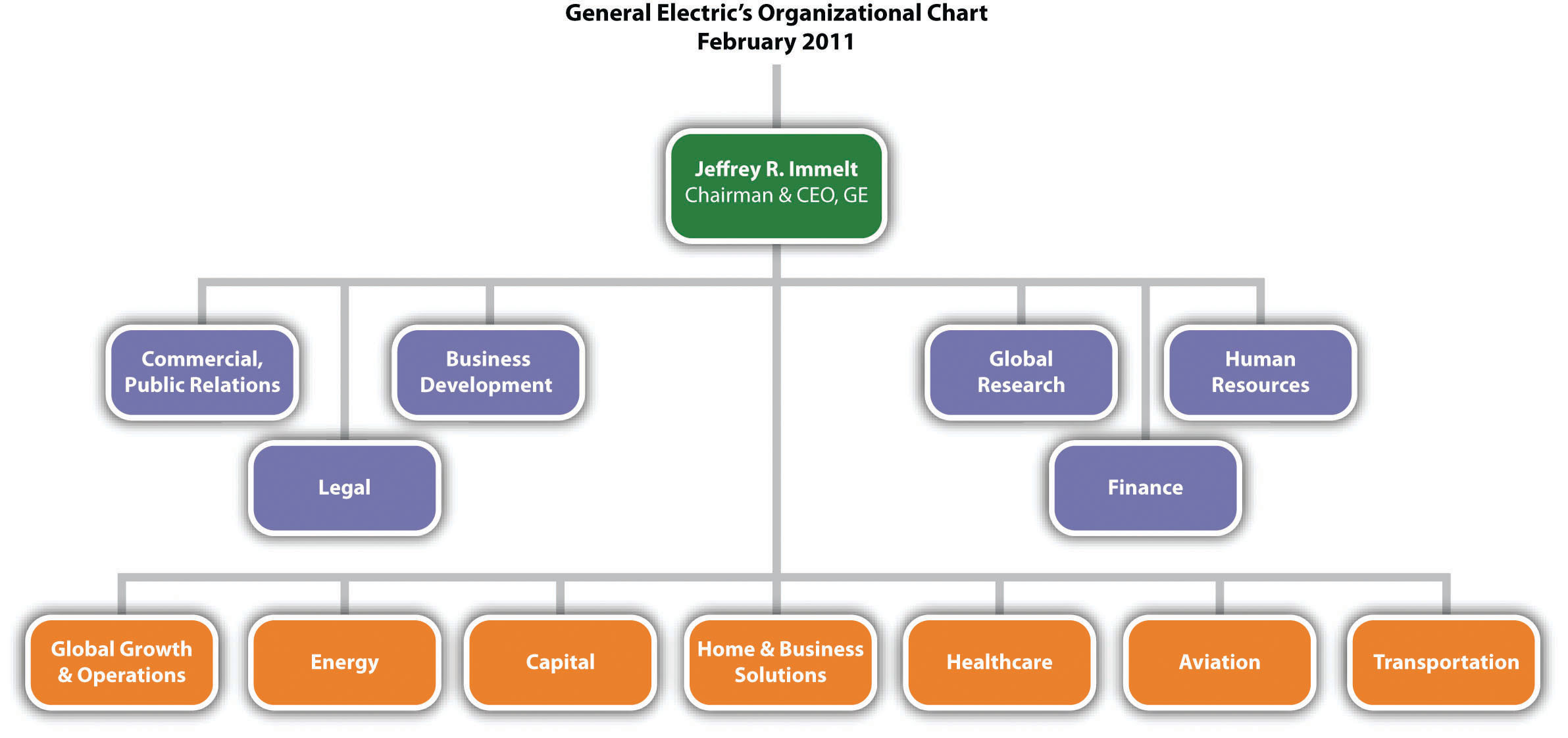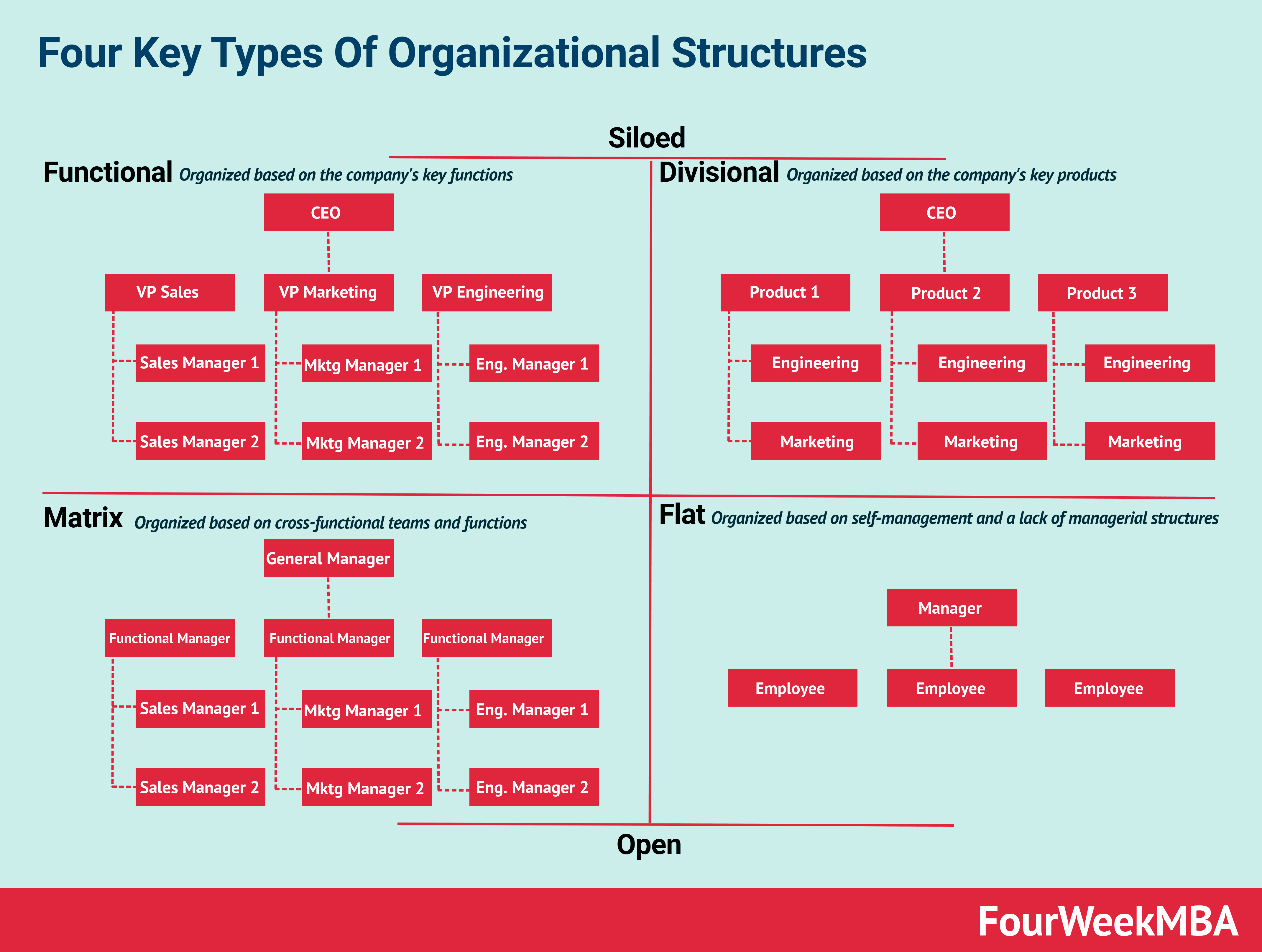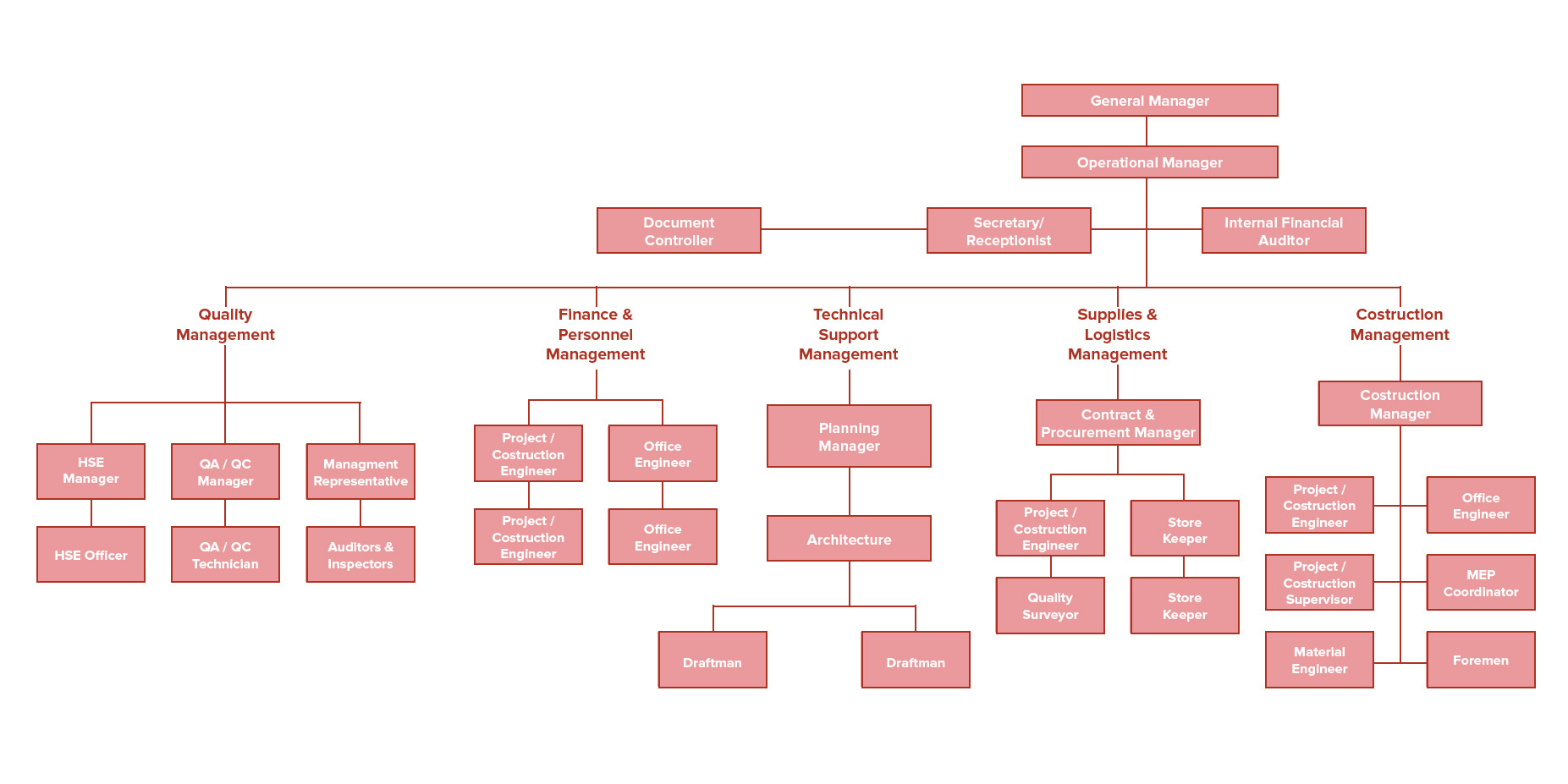Different Types Of Business Organizational Structures

Choosing the right business organizational structure is a pivotal decision for any entrepreneur, influencing everything from liability and taxation to management style and fundraising potential. The structure chosen acts as the backbone of a company, dictating how decisions are made, how profits are distributed, and how the business interacts with the legal and financial landscape. Understanding the nuances of each structure is crucial for long-term success.
This article explores the various types of business organizational structures, offering a comprehensive overview of their key features, advantages, and disadvantages. We'll examine sole proprietorships, partnerships, limited liability companies (LLCs), and corporations, providing insights into which structure might be best suited for different business needs and goals. The information presented aims to empower entrepreneurs to make informed decisions when laying the foundation for their ventures.
Sole Proprietorship
A sole proprietorship is the simplest form of business organization, owned and run by one person, with no legal distinction between the owner and the business. This structure is easy to set up, requiring minimal paperwork and offering direct control to the owner. The owner receives all profits but is also personally liable for all business debts and obligations.
Liability is a significant drawback, as personal assets are at risk if the business incurs debt or faces lawsuits. Taxation is straightforward, with profits taxed as personal income, but the business's lifespan is tied to the owner, potentially ending upon their death or incapacitation.
Partnerships
A partnership involves two or more individuals who agree to share in the profits or losses of a business. There are several types of partnerships, including general partnerships, limited partnerships (LPs), and limited liability partnerships (LLPs). Each partner contributes resources and expertise, and the terms of the partnership are typically outlined in a partnership agreement.
In a general partnership, all partners share in the business's operational management and liability. LPs offer limited liability to some partners, who typically have less involvement in management. LLPs, common among professionals like lawyers and accountants, protect partners from the malpractice or negligence of other partners.
Limited Liability Company (LLC)
The Limited Liability Company (LLC) is a popular choice for small business owners, offering a blend of the simplicity of a sole proprietorship or partnership with the limited liability of a corporation. An LLC provides its owners, known as members, with protection from personal liability for business debts and lawsuits.
This means that the members' personal assets are generally shielded from business creditors. LLCs offer flexibility in terms of taxation, allowing members to choose to be taxed as a sole proprietorship, partnership, S corporation, or C corporation. This flexibility, coupled with limited liability, makes LLCs an attractive option for many entrepreneurs.
Corporations
A corporation is a more complex business structure recognized as a separate legal entity from its owners, offering the strongest protection from personal liability. Corporations can raise capital more easily through the sale of stock, but they also face more stringent regulatory requirements and higher costs of formation.
There are several types of corporations, including S corporations and C corporations. C corporations are subject to double taxation – once at the corporate level and again when profits are distributed to shareholders as dividends. S corporations, on the other hand, allow profits and losses to be passed through directly to the owners' personal income without being subject to corporate tax rates.
The decision to form a corporation is often driven by the need to raise significant capital, protect personal assets from liability, and plan for long-term growth. However, the increased administrative burden and compliance costs should be carefully considered.
Factors to Consider When Choosing a Structure
Selecting the right business structure requires careful consideration of several factors, including the level of personal liability protection desired, the tax implications, the complexity of formation and administration, and the long-term growth plans for the business.
Entrepreneurs should also consider the ease of raising capital, the management structure, and the desired level of control. Consulting with legal and financial professionals is crucial to making an informed decision that aligns with the specific needs and goals of the business.
Ultimately, the optimal business organizational structure is the one that best supports the company's mission, facilitates its growth, and protects its owners from undue risk. The choice should be reviewed periodically as the business evolves to ensure it continues to meet the changing needs of the organization.


